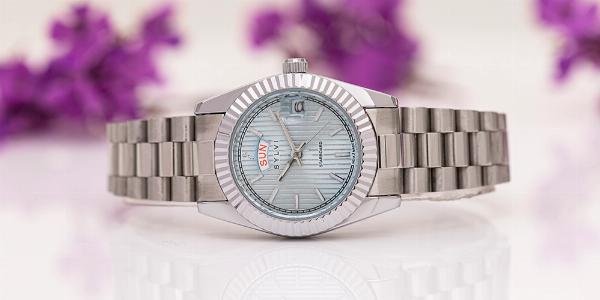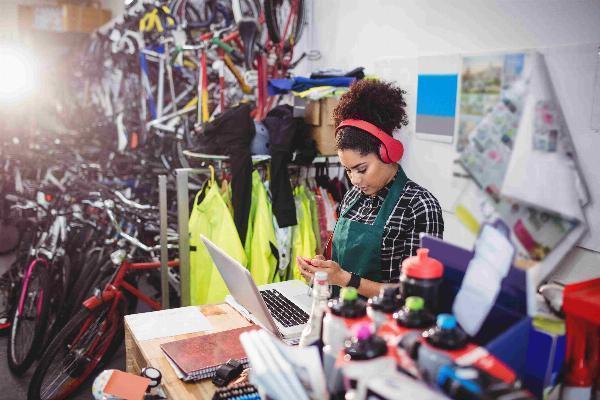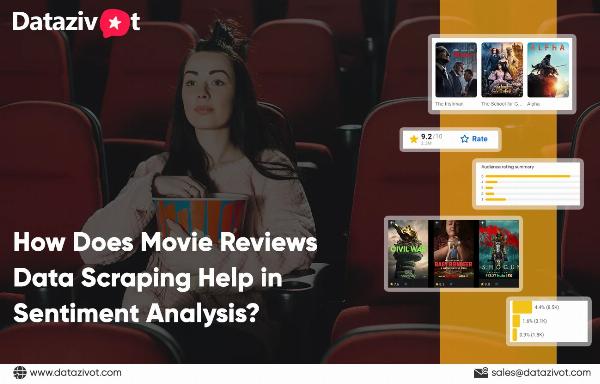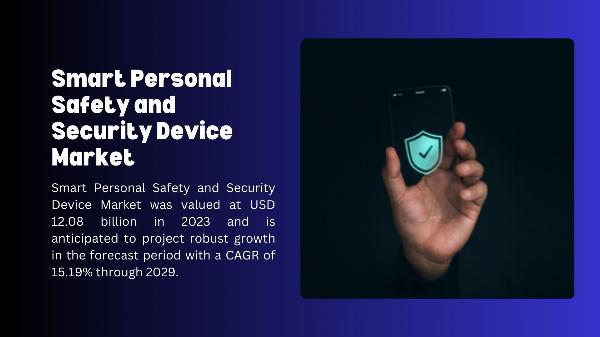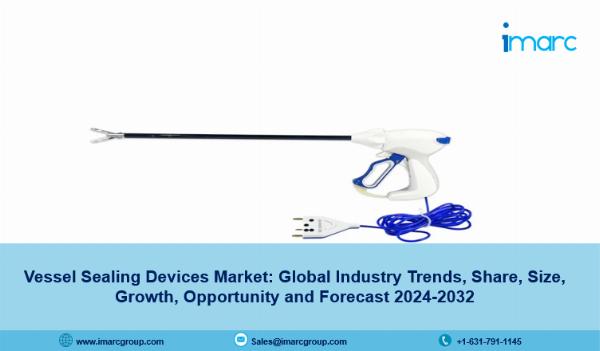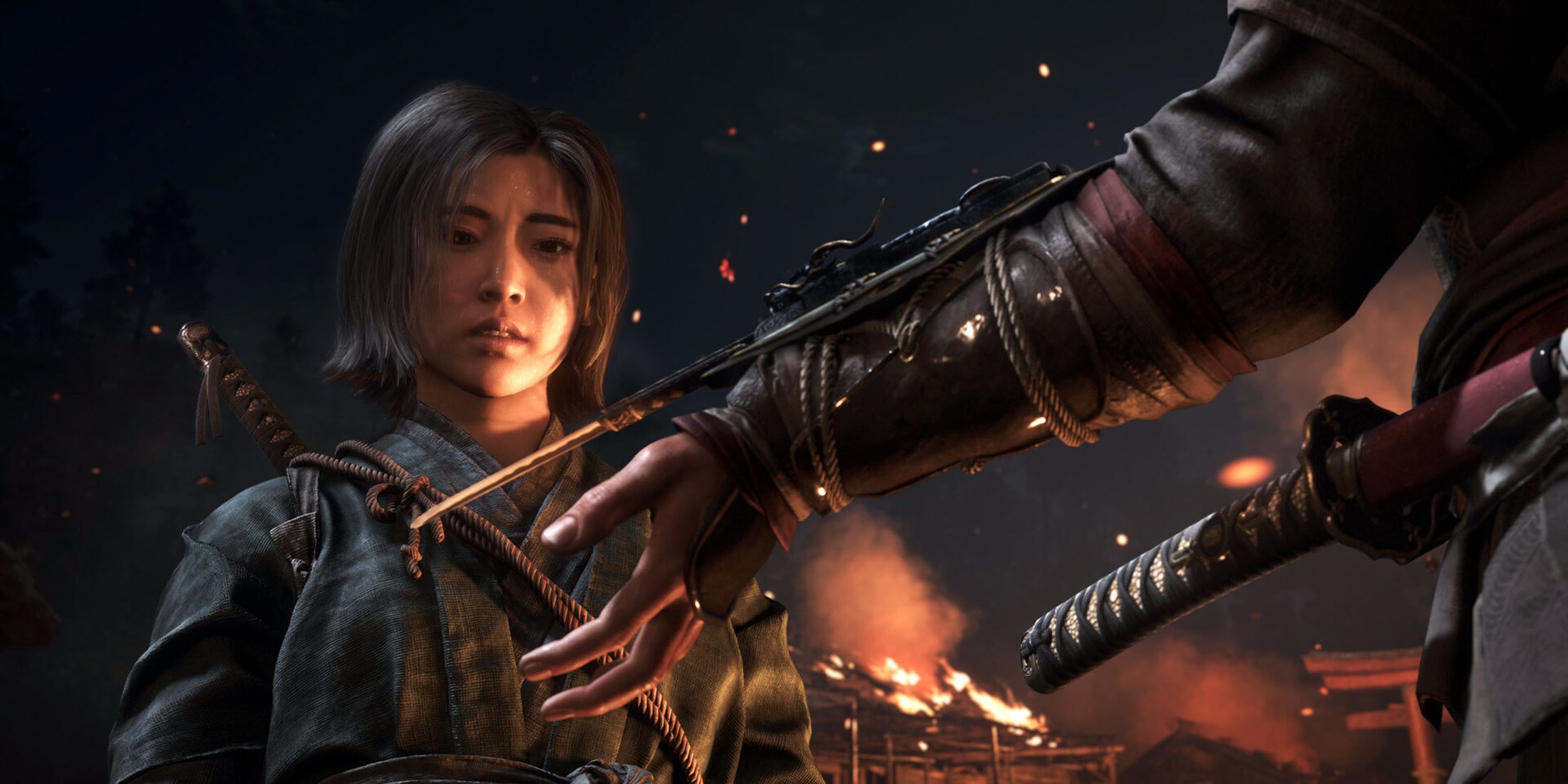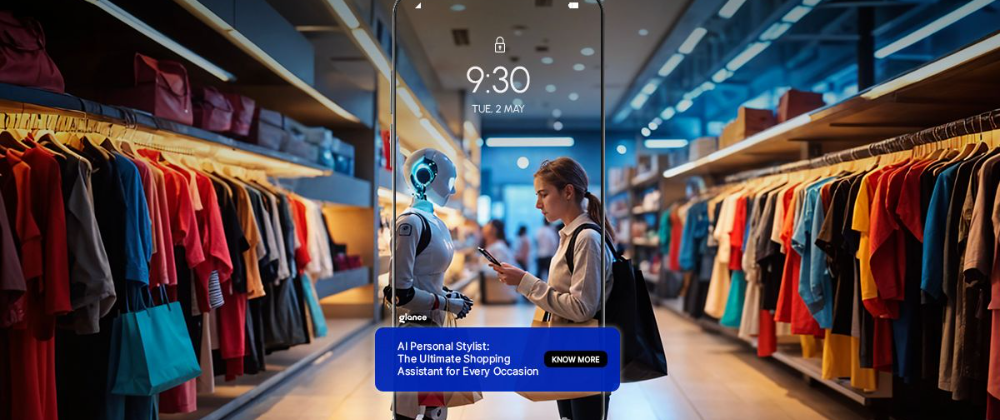
In today's world, fashion has become both empowering and overwhelming due to the abundance of options, fast-changing trends, and the pressure to "look the part." To help with this, technology, particularly AI for shopping, has emerged as a potential solution. However, the question remains: is AI the best solution for fashion? Can it replace the intuition of a human stylist, or is it a partnership waiting to happen? AI thrives on data, learning from purchase history, social media likes, Pinterest boards, and shopping cart behavior. It can predict what a person might like and offer tailor-made suggestions at scale. However, AI lacks emotional intelligence. A human stylist understands a person's insecurities, moods, and subtle cues like body language. They offer fashion advice that is emotionally grounded and personally supportive. While AI predicts what a person might like, a human stylist helps them discover what truly makes them feel great. AI-powered stylists work round the clock, serving millions of users simultaneously. They are fast, affordable, and accessible. Human stylists, on the other hand, are more personal but also more time-bound and exclusive. They work with fewer clients and their services often come at a premium. For convenience and speed, AI wins. For deep, thoughtful styling? Humans still rule. When it comes to spotting fashion trends, AI is better than an average stylist. It crunches data from fashion runways, social media platforms, online stores, and global searches to predict what's next. It can flag emerging trends faster than any human. However, while AI identifies what's trending, human stylists help a person adapt those trends in a way that aligns with their personality and lifestyle. It's not about who's better; it's about who does what better. AI virtual try-on technology like Glance AI shopping platform allows a person to preview how clothes, glasses, or even makeup look on them without stepping into a fitting room. This reduces returns, boosts confidence, and makes online shopping less risky. Still, nothing beats a stylist watching a person's reaction when they try something unexpected and love it. Human stylists can push boundaries in ways that algorithms often play safe with. AI can scan millions of products and suggest matches but can't tell when a person needs a confidence boost. A human stylist sees the emotional side of fashion—helping them dress for a job interview

The essay, The Future of Fashion: A Partnership Between AI and Human Intuition, masterfully illustrates how intelligent技术的应用与人类直觉的融合将引领时尚界的革新,creatively blending machines' accuracy with human emotion to craft我明天图文并茂地预测一个既理智又富于感官体验、由AI辅助而又不失人文温度的新时代风尚。
吾认为,The Future of Fashion: A Partnership Between AI and Human Intuition一语道破了时尚行业未来之精髓——人工智能与人类直觉的强強联合,此举将不仅革新服装设计与生产流程的高效性、个性化及创新力无边,AI的理论计算赋能于时装界的感性理解之上时所能激发出的无限创造力将会是下一潮流界的核心驱动力。
The article, 'The Future of Fashion: A Partnership Between AI and Human Intuition,' effectively illustrates how Artificial Intelligence can augment而不是replace human creativity in the fashion industry to foster a new era where technology complements rather than aggrieves traditional design insights.


